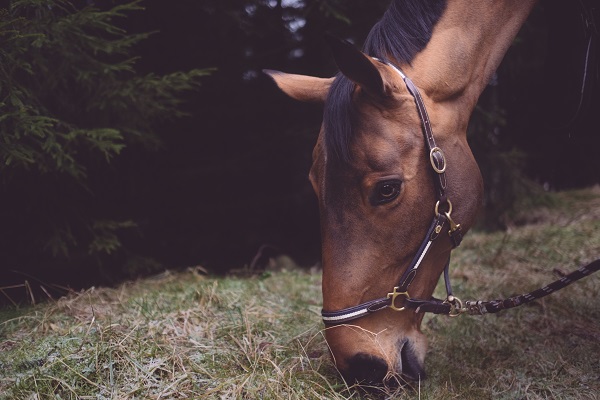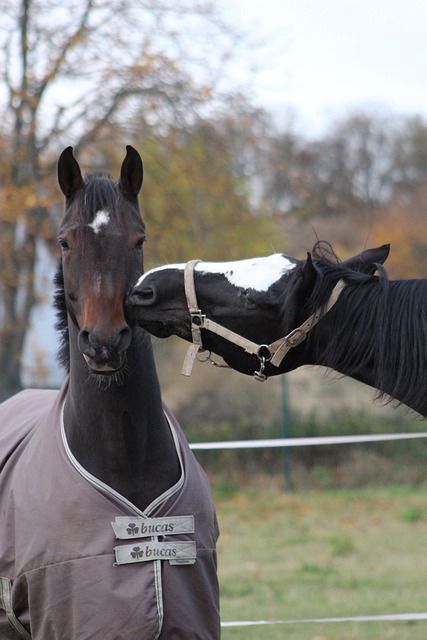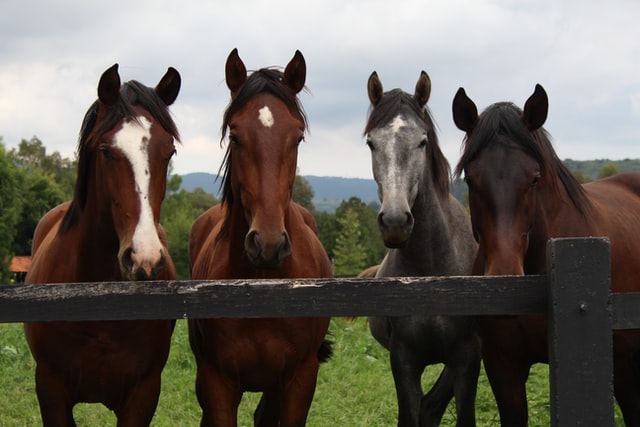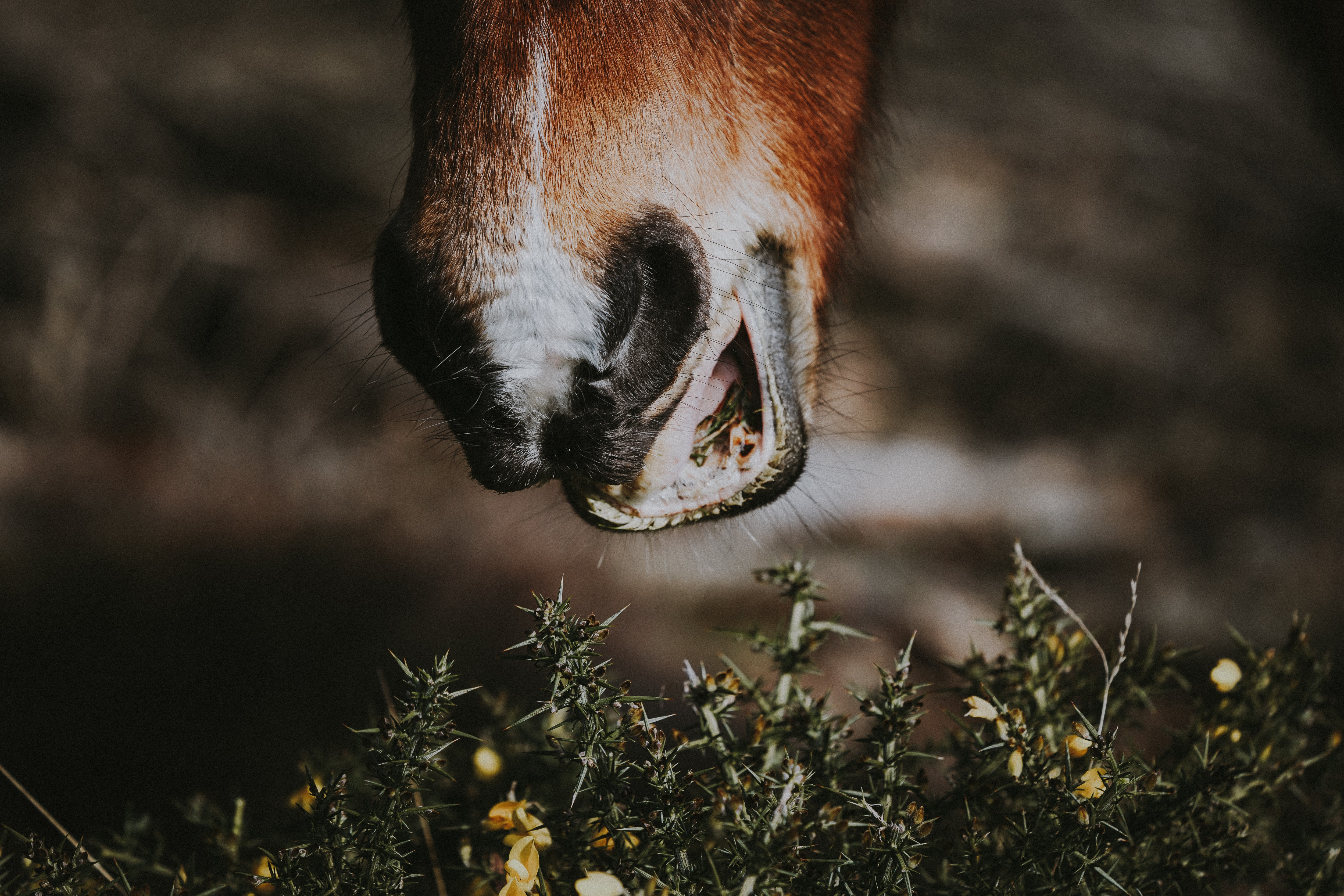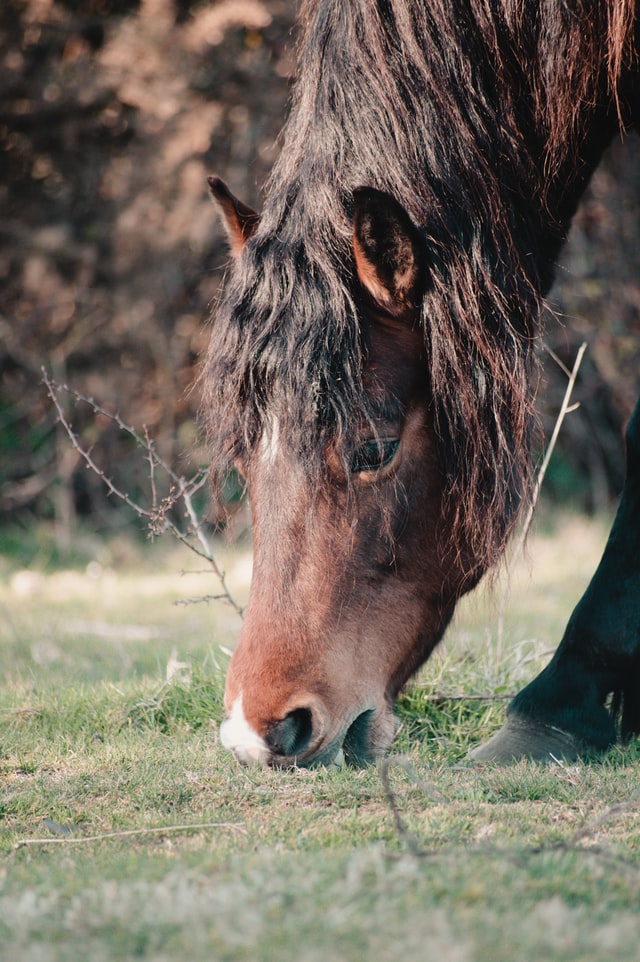Moonblindness or Equine Recurrent Uvietis
So last week I posted an article about my first really challenging mare.
She was absolutely wonderful, a pleasure to ride, and an absolute pro in the game, but she quickly developed vices due to gradually losing her vision.
Her vision loss was to a very common, debilitating disease known as Equine Recurrent Uveitis (ERU) or more commonly known as Moon-blindness.
Moonblindness or Equine Recurrent Uvietis
Cause of Equine Recurrent Uvietis
There is not one definite cause of ERU, but it can be described as a non-specific, immune-mediated disease that causes repeated episodes of inflammation in the eye.
The governing theory is that the body develops antibodies to a foreign organism such as bacterial infection (leptospira or streptococcus), a virus (equine influenza or equine viral arteritis), or a parasitic infestation (onchocerca or strongygles).
Whatever the root cause, these antibodies can flare up long after the initial infection and will cause damage for years.
A space of weeks or months can occur between flare ups, but each new flare up will build on the damage done during the last, so it is a degenerative disease without any prognosis of regaining site once lost.
In some cases, the inflammation of the eye will cause a secondary glaucoma, which will eventually require that the affected eye be removed surgically.
Clinical Signs of ERU
Horses with ERU can present many different signs and symptoms.
Some horses will have tearing, squinting, redness and/or swelling of the conjunctiva, cloudiness of the eye, and will very obviously be in pain.
Less likely signs are a misshapen pupil, a small pupil, a creamy-colored mass, cataracts and/or bleeding inside of the eye. The eye will be fully or partially blind.
Active inflammation (tearing, squinting, painfulness) will come and go at varying stages and led to the common name of moon-blindness, as it was thought to correlate with the waxing and waning of the moon.
My mare, personally, did not display any of the above symptoms.
Whether she had a mild case of it, or was just extremely stoic, the only symptoms we had in diagnosing her was a gradual loss of vision in one eye, and then the other.
Eventually she became completely blind in both.
What To Do
A thorough ophthalmic exam is essential.
Your general practitioner vet may not be able to perform a thorough eye exam, but will be able to weed out the possibility of a corneal scratch, or other blunt trauma injury to the eye and refer you to an equine eye specialist.
Inter-ocular pressure will need to be measured in order to positively confirm ERU.
Your vet may recommend a topical corticosteroid, subconjunctival steroid injections, topical and/or systemic nonsteroidal anti-inflammatory meds and/or systemic antibiotics if an active infection is suspected.
As for horse husbandry, certain actions can be taken around the barn to aid the recovery.
Some horses will only experiencing a small handful of flare-ups in their entire life, while others will have flare-ups every 6-8 weeks.
Keep a journal of your horse’s flare-ups and the weather, medications, any changes in routine to see if there’s a correlation.
Keep your horse out of the sunlight during these flare-ups, as direct sun can make the eye more painful.
If turn-out during the day is your only option, using a very dark fly-mask will not only help keep the flies out of the tearing eye, but hopefully will project the eye from at least some of the sunlight.

Lauren is an internationally published author, trainer, and has helped hundreds of horse-rider combinations create lasting bonds and the success they desire. Check out Lauren’s incredible story: From horse-crazy girl to international equine educator. Or if you want to send Lauren a quick message, check out her contact page here.

